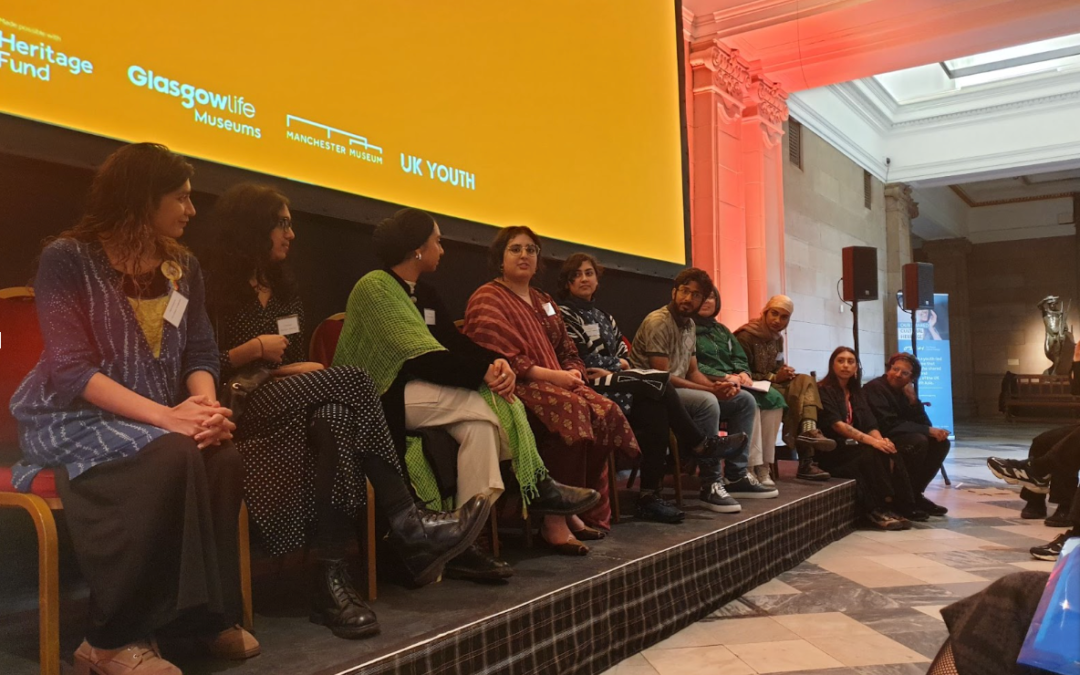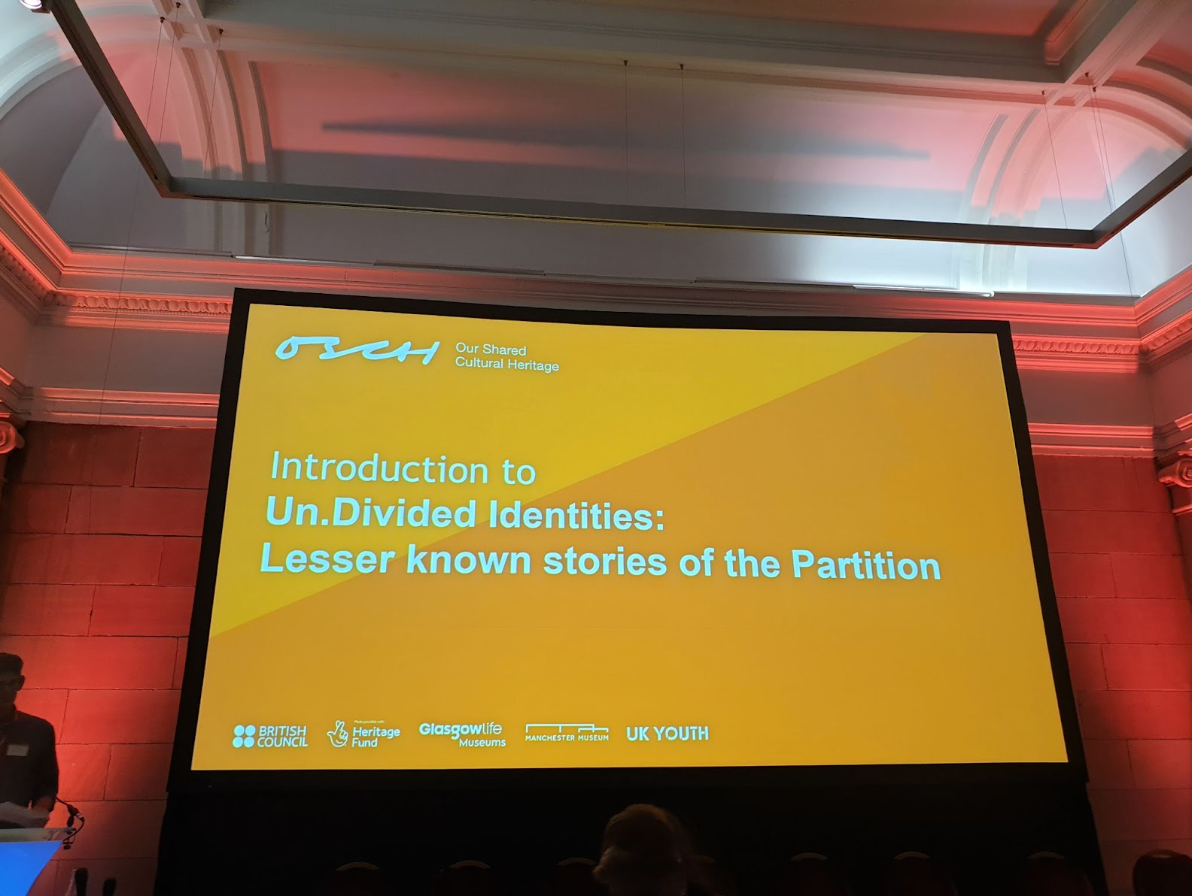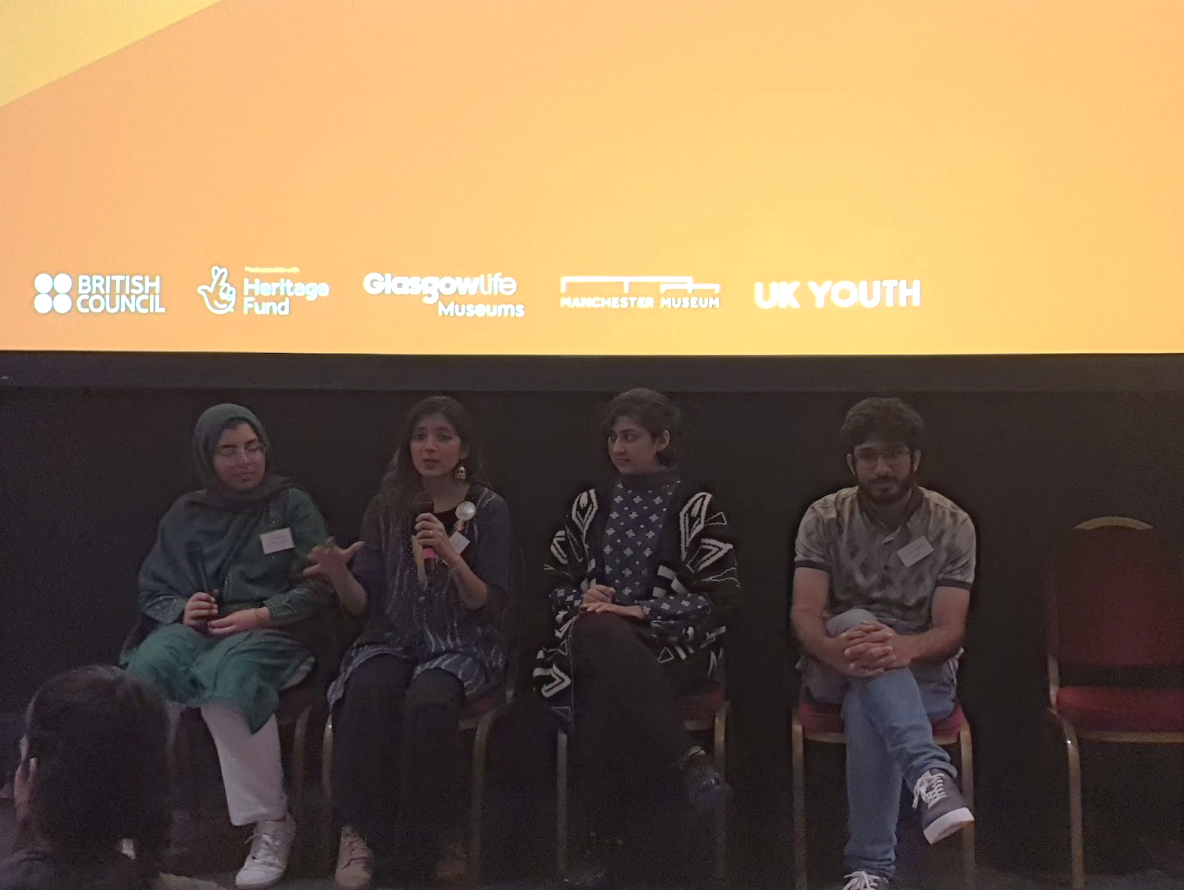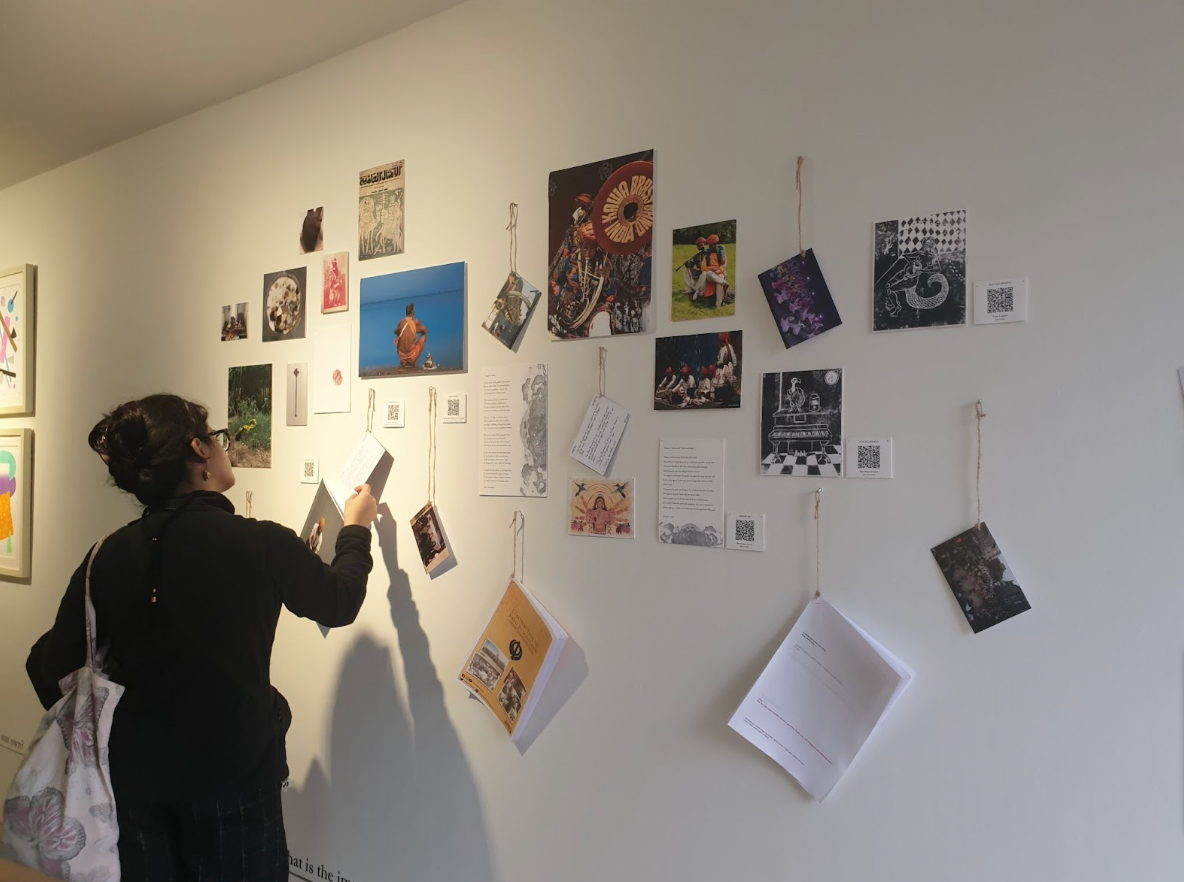Collaboration is a powerful force, celebrated for its many strengths and benefits across diverse realms, from the corporate world to academia and the creative arts. In recent years, ReReeti has been a proactive participant in a range of collaborations, one noticeable example being the ‘Un.Divided Identities’ project as part of Our Shared Cultural Heritage initiative (OSCH).
OSCH is a youth-led program exploring the shared cultures and histories of the UK and South Asia, resulting from a collaboration between the British Council, the Glasgow Life, and the Manchester Museum. ReReeti was one of the 13 partners from South Asia. Recently,I had an opportunity to talk about our project as part of the sector day at the Kelvingrove Museum, Glasgow..
Some of the key advantages of collaborations that became evident to me during this event include:
1. Diverse Perspectives: Collaborations bring together diverse viewpoints, leading to creative and innovative problem-solving.
2. Leveraging Expertise: By collaborating, we can tap into a wide range of specialised knowledge, resulting in better outcomes.
3. Resource Sharing: Collaboration allows for the pooling of resources, making ambitious projects feasible that would be challenging to tackle alone.
4. Networking: Collaborations create opportunities for new connections and partnerships, expanding one’s network.
Learning Opportunities: Collaborators can acquire new skills, insights, and expand their knowledge base through shared experiences.
Successful collaborations require effective communication, trust, and a shared vision among all involved parties. Effective collaboration on a project necessitates the implementation of best practices and strategies to ensure that the project runs smoothly and attains its goals. While some projects succeed, others may encounter difficulties. OSCH, like many collaborative projects, faced its own set of challenges and triumphs.
Some of the key best practices that I observed from the successful projects include:
1. Defining Clear Objectives: Clearly defined project goals and objectives help guide decision-making, particularly when facing content and design choices.
2. Selecting the Right Team: Choosing collaborators with complementary skills and a strong commitment to the project is crucial for its success.
3. Establishing Roles and Responsibilities: Clearly defining roles and responsibilities, even with enthusiastic young team members, is essential for effective project management.
4. Open and Transparent Communication: Maintaining open and transparent communication is challenging but critical. Developing decision-making processes at the project’s outset can prevent conflicts.
5. Setting Clear Deadlines: Realistic timelines and deadlines are crucial, especially when team members have busy schedules. Regular monitoring of progress is essential to keep the project on track.
6. Fostering Trust and Respect: Building trust and mutual respect among team members is vital for a project’s success.
7. Documenting Everything: Comprehensive documentation of meetings, decisions, and project materials adds value and clarity.
8. Managing Conflict Effectively: Open discussions and active listening are essential for resolving conflicts constructively.
9. Celebrating Achievements: Recognising and celebrating milestones and achievements boosts team morale.
10. Post-Project Evaluation: Evaluating project outcomes, lessons learned, and best practices is an essential step in the process.
My reflections from the Un.Divided Identities project and other showcased initiatives have raised thought-provoking questions. I pondered the significance of museums as safe havens for objective learning.
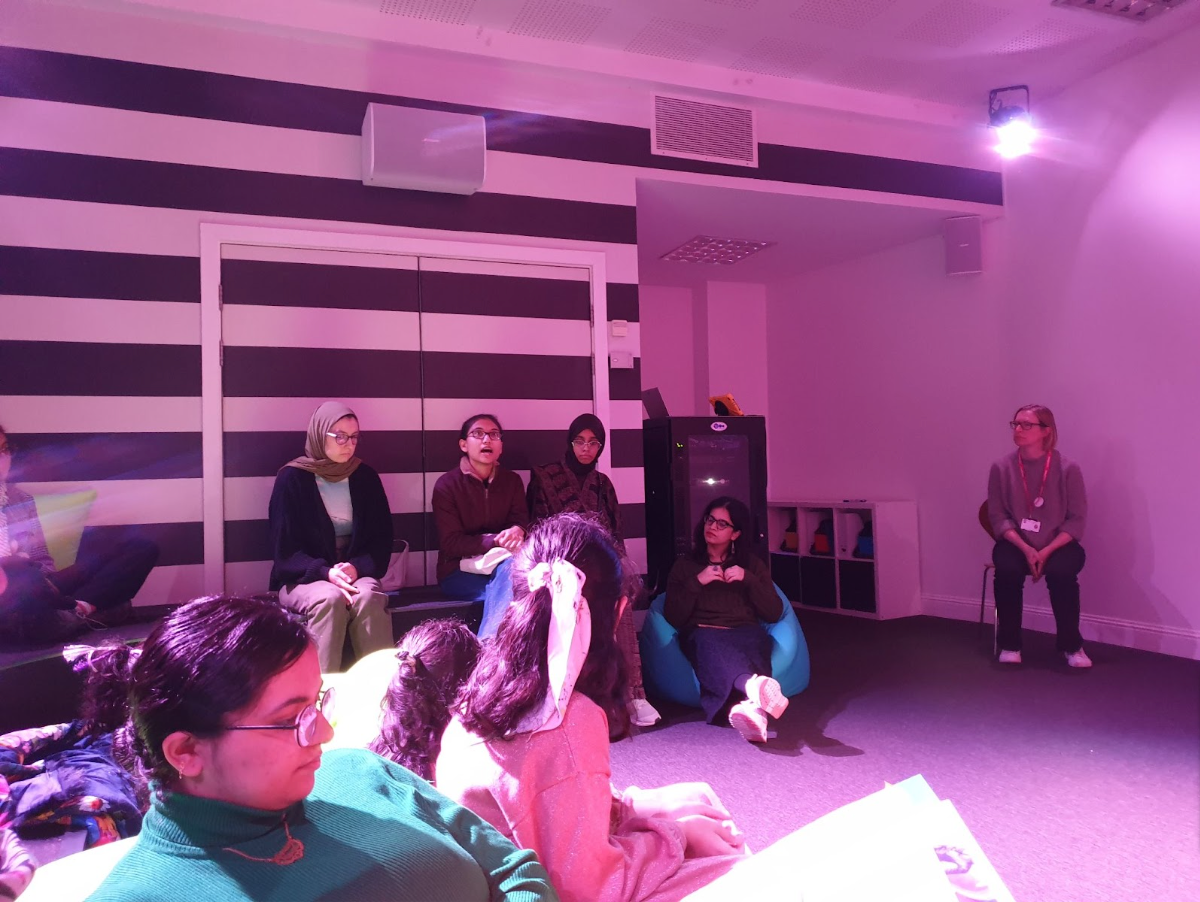
Museums should serve as platforms where young changemakers can express their gratitude, criticism, or even frustration. Witnessing this at the Kelvingrove Museum made me contemplate how museums in India, and globally, embrace public feedback from young voices, particularly those they have empowered.
The fundamental question emerges: Can museums, in India and elsewhere, truly embody objectivity? How can museums strike a balance between preserving objects in their original state and the need to interpret, contextualise and educate the public about their significance, all while maintaining objectivity? Can they transcend the influence of key stakeholders’ agendas? How can museums ensure objectivity in the digital realm, where algorithms influence what content is seen by the public?
The quest to define objectivity becomes paramount. While I don’t possess all the answers, I hold hope that, as a collective sector, we can confront and navigate these challenges.
Projects such as these compel us to reevaluate our shared cultural heritage through an objective lens and invite us to question our identities and sense of belonging. They present an opportunity to contribute to a global heritage narrative at a time when the world grapples with significant conflicts. These endeavours foster empathy, ignite curiosity, and encourage critical thinking, thus nurturing the growth of objective perspectives by challenging our inherent biases.







